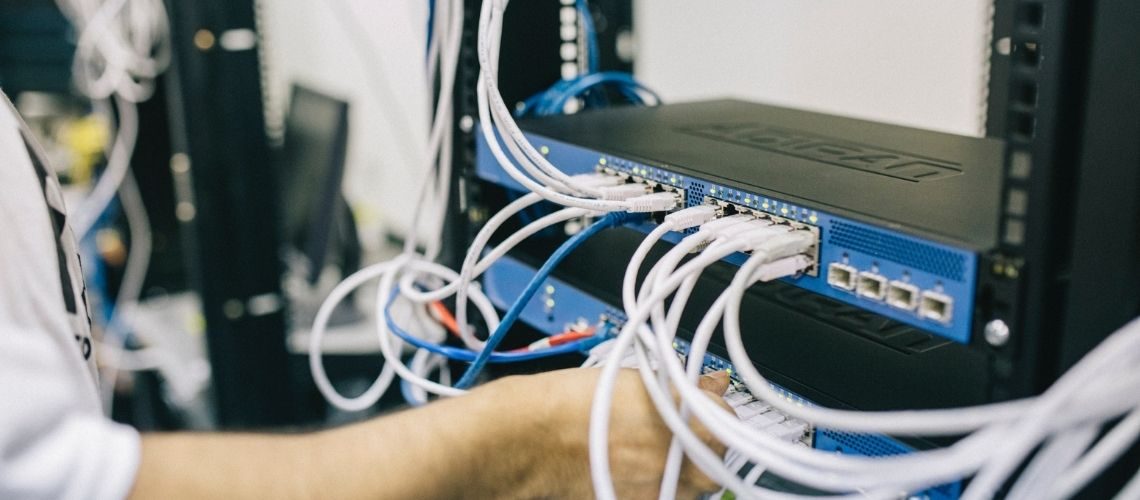Some people believe that a virtual server migration process or migrating from a physical to a virtual server is easy. If you look online, you will find many articles that claim that in a few clicks of the mouse. They say you can migrate all your important files and data to the cloud.
However, careful planning is the difference between a successful and a failed migration.
Virtual Server Migration: what to think about first
When you migrate from a physical to a virtual server, many things need checking before you begin.
- First, you need to get the right software; there are a few options, but VMWare is the most common.
- Next, make sure you have the correct licensing in place and that your servers are on the most current versions.
- Furthermore, you will need to copy the data on your physical disk to a virtual one because we need to consider capacity, which is very important.
- Additionally, you need to ensure everything is supported, as not all line-of-business software applications support operations on a virtual server.
How easy the process is, depends on what system you are currently operating. Some versions of Windows, for example, will allow you to complete the migration with the host running. Other servers need to power off and install special media because not all servers can perform live migrations. As a result, you cannot eliminate some downtime even in the best-planned process.
Simple Virtual Server Migration: The Process
VMware and vCentre
If you have chosen VMware for your migration and this is your first move to virtualisation, you will need vCentre. In vCenter, you have the tool vCenter Converter. This converts and packages a source system into a new virtual machine that will boot on a VMware ESXi host server.
Converting to Virtual Machines
You can convert physical-to-virtual (P2V) and virtual-to-virtual (V2V) migrations between servers. In a P2V migration, you can convert the operating system running on a physical system and copy it to a virtual machine. In a V2V migration, we duplicate an existing virtual machine to another host. vCenter Converter is not limited to VMware virtual machines; it also converts VMs created on systems such as Microsoft Hyper-V.
Network Infrastructure considerations
You will need to consider the network infrastructure to accommodate the migration and the IP address, VLAN and routing design.
Performance
Furthermore, you need to consider performance. It is easy to accommodate enough RAM in a P2V if you duplicate the existing physical servers. However, this could be accessive, as virtualised servers can share RAM efficiently, which could save cost. Unfortunately, if you get this wrong, servers will run out of RAM and go slowly or fail. CPU performance is also crucial.
Disk Performance
Finally, you need to consider disk performance. When hosting many servers on a host or group of hosts, disk performance is crucial Especially if you require resilience to hardware failure. Moving VMs from one server to another requires a fast network and disk. HPE produce a simple and fast system called VSAN. VSAN can save a lot of money when compared to separate servers and a storage area network.
All this may seem complicated. However, with some professional support from Northstar, the process can benefit your business in saving cost and allowing for new applications.
Contact us today, and find out how we can help you with your virtual server migration.




